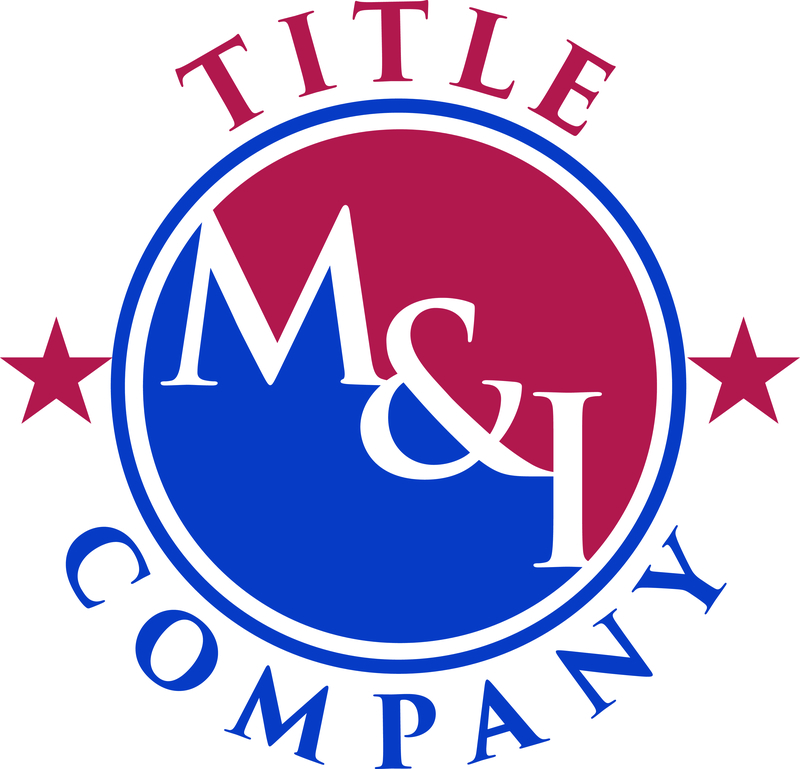
Following last week’s somewhat encouraging Pending Home Sales report from the National Association of REALTORS which showed increased home sales activity, Radar Logic issued a much less encouraging report. Their report, titled “Don’t be Misled by Gains in Home Price Indices and Pending Homes Sales; Housing Recovery is Still a Long Way Off” pretty much says it all in the title.
In reviewing the report, I find Radarlogic has made some reason to caution us against viewing the recent housing reports with too much optimism. Here is a recap of some of the points they make:
- The increase in pending home sales in May look good, partially because April was a weak month and, “if we put May’s numbers in their larger context we see that they have remained essentially flat relative to the beginning of the year, and are down some 20.4 percent relative to the cyclical peak last April.” This is true, the pending home sales index in January of this year was 88.9 (seasonally adjusted) and May was 88.8, so the pending sales activity has been relatively flat this year. Compared with last year, the May index is up 13.4 percent from last May, however May 2010 had fallen almost 30 percent from the month before as buyers rushed to beat the April 30th deadline to receive homebuyer tax credits. Relative to April 2010, May’s pending home sales are down 20.3 percent.
- Regardless of what sales contract activity happens in any given month, the fact remains that the inventory of homes for sale and in the foreclosure pipeline far outstrips current demand.
- Recent reports by the Mortgage Bankers Association shows that applications for home loans are down, showing that buyers are choosing to stay out of the market due, in part, to the effect foreclosures and distressed sales are going to have on future home prices. The buyers with cash appear to be more interested in distressed properties.
- The report also discounts the significance of the recent Case-Shiller report showing the first increase in their home price index in eight months- this is chalked up to “seasonal phenomena” and are probably a result, in part, of “a seasonal decline in the percentage of distressed sales relative to total sales.” The report points out that the sale of foreclosed homes declined to 30 percent of all sales in April, from 33 percent in March and, since these are sold at such a significant discount, a drop in the share of the market attributable to distressed sales would ultimately increase the home price index.
- Radarlogic also puts a damper on the fact that distressed sales share of the market is decreasing, saying that it is a “seasonal occurrence” and that the supply of and demand for foreclosed homes are more consistent throughout the year than supply and demand on the rest of the market. Translation….when the selling season is over, we will see market sales drop, however distressed sales will be fairly constant thereby increasing their share of the overall market activity again.
I would love to be able to say this report has no merit and Radarlogic is wrong but, for those that know me, or have read my articles for a while, know, I like to tell it like it is. Unfortunatley, I would say this is about how it is…Radarlogic has pretty much nailed it.



Leave a Reply
You must be logged in to post a comment.